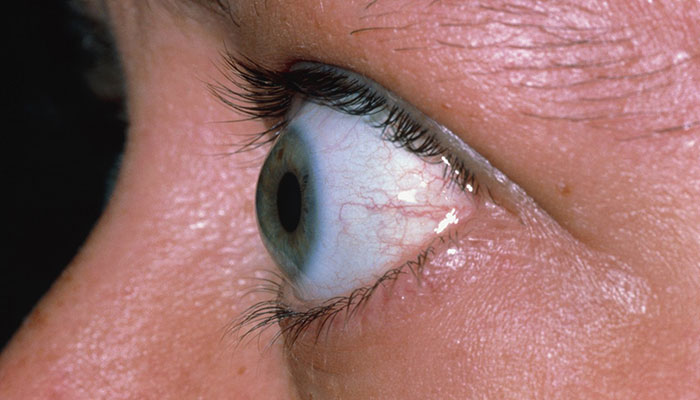Migraine is a form of headache that is characterized by recurrent episodes of moderate to intense pulsing and throbbing pain on one side of the scalp. The underlying cause of the pain is the stimulation of nerve fibres in the wall of the brain’s blood vessels that travel within the meninges.
Signs and Symptoms of Migraine
- Increased sensitivity to scents, light, and noise
- Numb or tingling sensation
- Speech changes
- Ringing in ears
- Nausea
- Vomiting
Causes of Migraine
- Genes
- Female gender
- Stress
- Smoking
Understanding Migraine in Ayurveda
According to Ayurveda, migraines (Ardhavabhedhaka) may be caused due to the imbalance of doshas (Vata, Pitta, Kapha) affecting the nervous system. Triggers like poor diet, stress, and irregular sleep schedules can disrupt the body’s equilibrium. This imbalance leads to increased sensitivity, causing migraines.
Treatment and Management
Migraine treatment typically involves pain relief medications, lifestyle modifications, and preventive measures such as avoiding triggers, maintaining a consistent sleep schedule, and managing stress to reduce the frequency and severity of migraine attacks.
Care offered by SGP’s PSA has been demonstrated to be effective in alleviating symptoms and enhancing the quality of life for patients with migraines. The primary focus of care delivered by the PSA is to manage symptoms, address emotional and psychological distress, and improve overall comfort.
FAQs about Migraine
-
Yes, hormonal fluctuations, such as those during menstruation, pregnancy, or menopause, can influence the frequency and severity of migraines in some women. Migraines typically begin after menarche and increase in frequency during the menstrual cycle and ameliorate during pregnancy and menopause.
-
A typical migraine attack can last from 4 to 72 hours, with varying severity of symptoms like pulsating head pain, nausea, and sensitivity to light and sound. Individual experiences may differ.
-
Migraine headaches can occur at any time of the year, every week, or at any other time of the month. The most common occurrence of migraine is two to four times per month.
-
The phases of migraines are:
Prodrome: The initial phase may last for a couple of hours or may last for several days. It should be noted that this is not necessarily the case for all individuals. Some people refer to this phase as the “preheadache” or “premonitory” phase.
Aura: The duration of the aura phase can last anywhere between 5 to 60 minutes. The majority of individuals do not experience an aura, however, some individuals experience both an aura and a headache simultaneously.
Headache: The duration of the headache is typically between 4 to 72 hours. Common descriptions of the pain include drilling or throbbing. It typically begins on one side of the head and migrates to the other.
Postdrome: Postdrome episode typically lasts for one or two days. This period is referred to as a “migraine hangover” and is experienced by approximately 80% of migraine sufferers.
-
Individuals suffering from migraines should avoid foods such as aged cheeses, smoked fish, alcohol, caffeine, sodas, and processed foods. It is always advised to seek medical advice before consuming any new food items.






